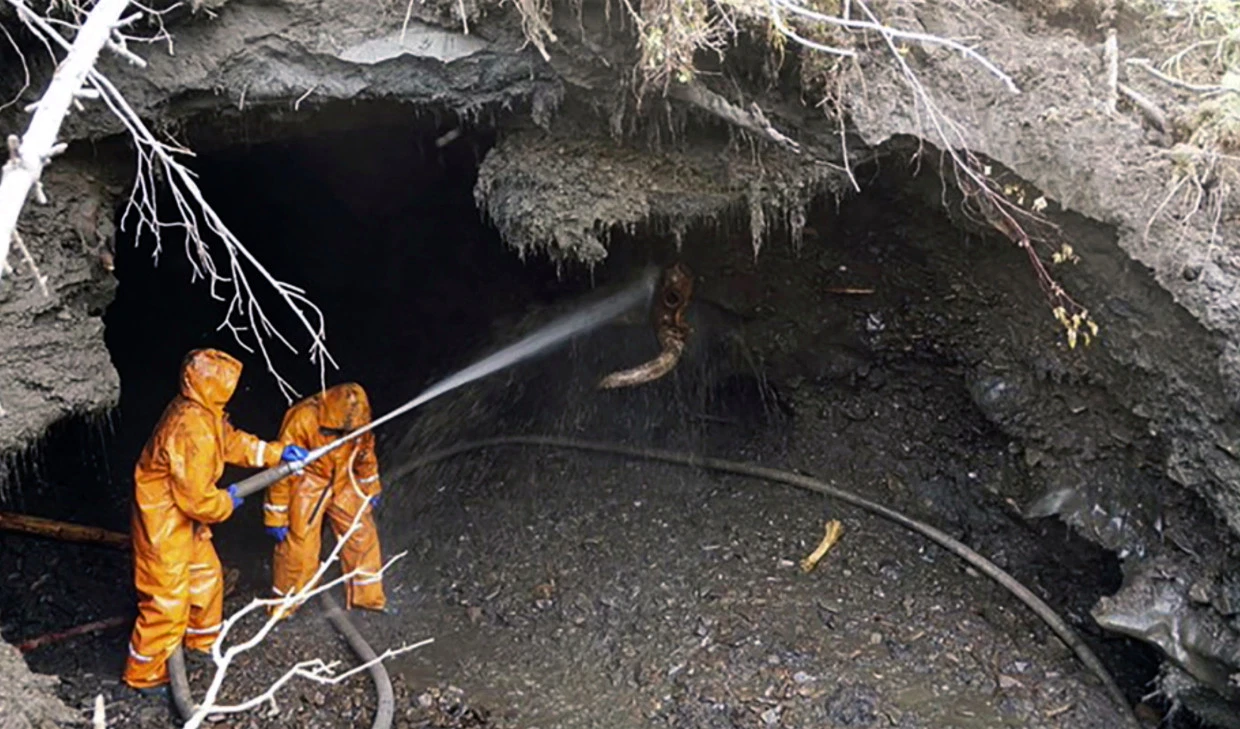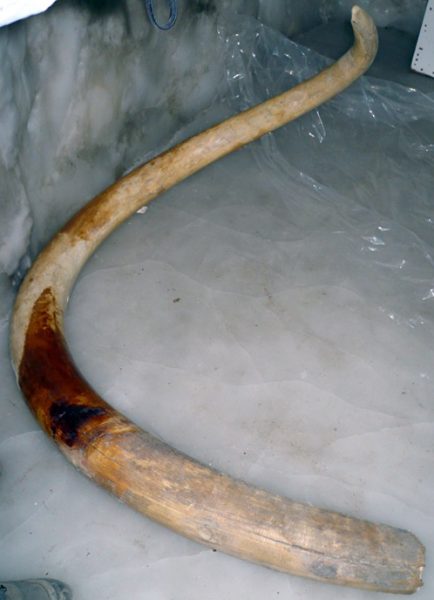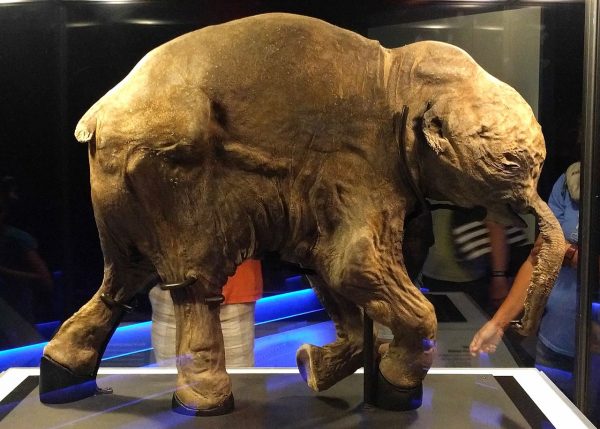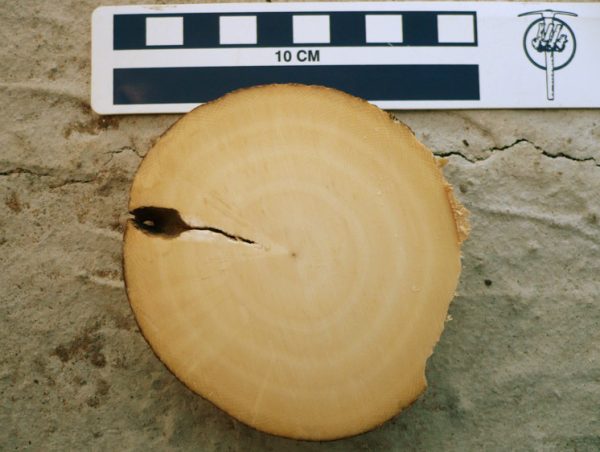Mammoth Graveyard Being Looted by Black Market Hunters

Mammoths: As long as there have been graveyards, there have been grave robbers. There are always a certain number of people who seek to make their livings by removing valuable items from those that have passed away long ago. Those graveyards aren’t just limited to human burial sites, either.
The Yunyugen Mammoth graveyard in Yakutia, northern Siberia, is a site held precious by paleontologists, since it holds the remains not only mammoths, but also of other prehistoric creatures of the Pleistocene era, including wooly rhinos, deer, and bison, all remarkably well-preserved in the deep permafrost of the frigid region, according to the Siberian Times.

Baron Eduard von Toll, an explorer, discovered the site that was full of mammoth remains in the early part of the twentieth century, and it holds remains of now-extinct creatures that are so well preserved by the climate conditions that in some cases they are even still covered in skin.
The quality and preservation of the animal remains are nearly unheard of, which makes the site extremely valuable both to researches and to those looking to turn a profit.

In addition to being a valuable resource to scientists, mammoth tusks and wooly rhino horns also hold a steep economic value. Just one tusk or horn can be sold for amounts in the tens of thousands of dollars, which is a huge motivation for bone hunters. As a result, paleontologist excavating in the area find themselves competing with bone hunters to find the best relics.
Bone hunters use pumps and giant firehoses to remove water from a nearby stream and blast away permafrost and accumulated sediment to find the specimens hidden within.

The hunters go through the bones that have been uncovered, taking only what will bring them a fast profit and leaving the rest, with no steps to organize or preserve them. The bones could easily be assembled into intact skeletons, but are instead left to lie and become damaged.
In the meanwhile, scientists and paleontologists also comb the site in the name of research, struggling to do their work amid the destruction caused by those looking for items to sell on the black market. This is complicated by the fact that the state has not named the graveyard a protected site.
The scientists at the North-Eastern Federal University have been working at Yunyugen have decided that enough is enough.
They have concluded that Yunyugen must be declared a geological site protected by the state in order to stop the looting and to make best scientific use of the area.
A group with representatives from Tomsk State University, North-Western Medical University in St. Petersburg and North-Eastern Federal University in Yakutia have put together a plan to appeal to the government of Yakutia, so that it will extend protections to the site.
Their appeal will contain signatures from noted paleontologists and geologists, and they are putting up a petition at change.org.
The BBC’s Science Focus magazine pointed out that about 90% of the ivory harvested in Siberia is sold to either Hong Kong or China, where it is subsequently carved and sold at exorbitant prices, running well into hundreds of thousands of dollars. Such carved ivory is considered a status symbol, and that which is not brought out of Yakutia generally comes from African Elephants.
Presently there are only about 400,000 of the elephants left in the world, and up to 40,000 may be hunted down annually in order to secure their tusks. There is some real debate, with some people taking the stand that at least the mammoth ivory is ‘ethical’ in that it comes from animals who are already deceased, and therefore serves to relieve some of the hunting of African elephants.
Another Article From Us: Metal Detectorist Find Wedding Ring Lost in Lake More Than a Year Ago
Others take the stand that offering up even ‘ethical’ ivory is only feeding into a trend that is ultimately destructive, either of living animals or of history, and should be discouraged. Either way, something precious is at real risk.
